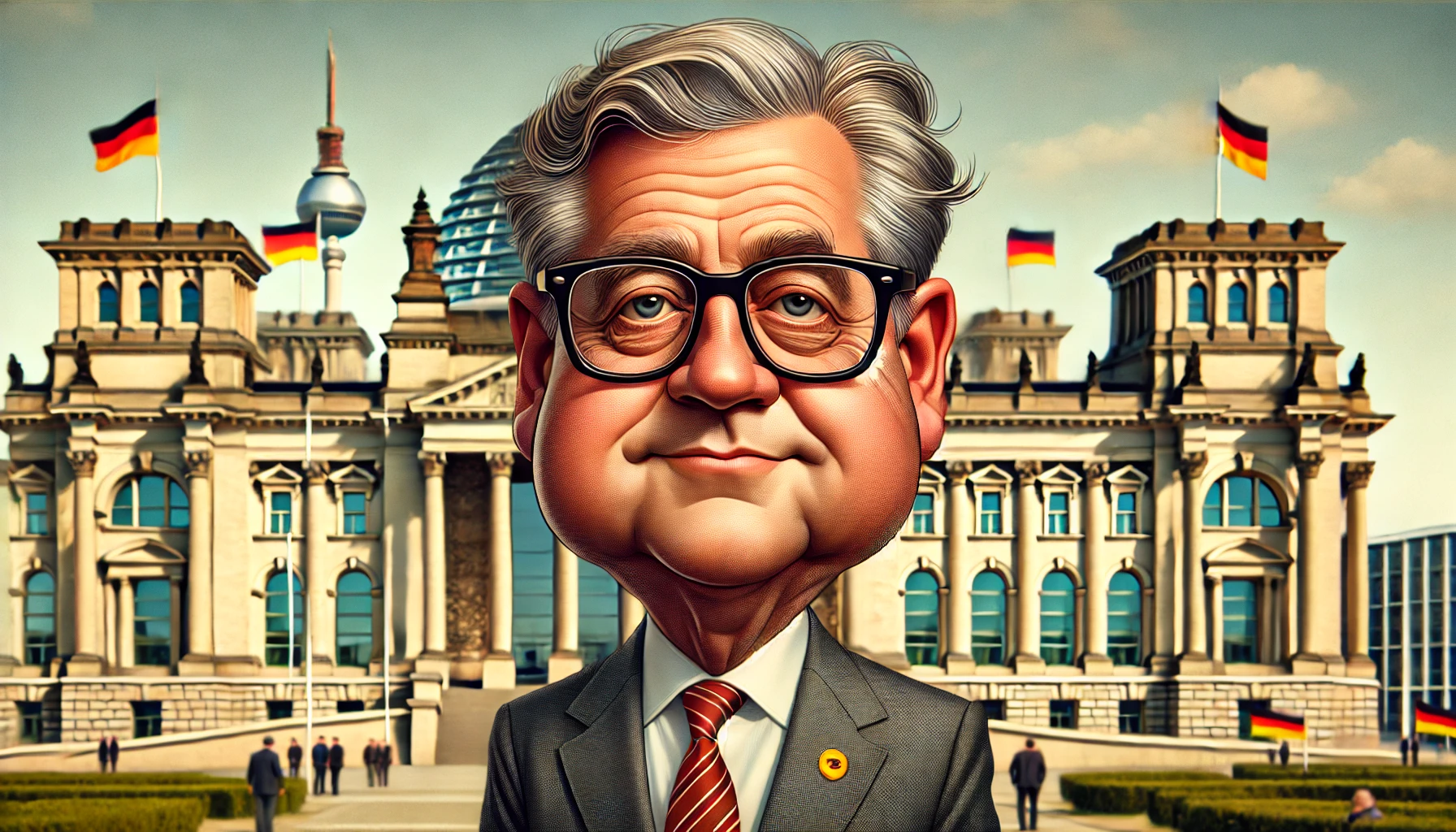With no end in sight after more than 21 months of war, the number of people killed or wounded in the Russian invasion of Ukraine is in the hundreds of thousands, intelligence estimates suggest.
The U.K. Ministry of Defence said this week that between late February 2022, when the move to take Kyiv began, and this November, official Russian forces suffered as many 240,000 wounded and 50,000 killed. Wagner Group mercenaries likely suffered 40,000 wounded and 20,000 killed, the ministry said.
“The median of the estimate range is 320,000 total Russian combatant casualties,” the ministry tweeted. “Even amongst Russian officials there is likely a low level of understanding about total casualty figures because of a long-established culture of dishonest reporting within the military.”
Fighting continues to rage in the biggest European conflict since the Second World War, with no sign that either side has landed a telling blow on the battlefield.
Tracking casualties in Ukraine
Ukrainian soldiers, many living in freezing trenches, acknowledge they are exhausted going into a second winter of full-scale war with a resource-rich, nuclear-armed superpower that has more than triple Ukraine’s population.
A Ukrainian civic group said it has confirmed 24,500 combat and non-combat deaths using open sources. But if many of the 15,000 troops listed as missing are also dead, the figure could be much higher, according to a report published in the Ukrainian journal Tyzhden.
“Obviously, the 24,500 names are not the final number of dead (deceased), but by our assessment it is no less than 70 per cent,” the authors wrote. “That is, the real number of dead (deceased) in combat and non-combat situations is more than 30,000 people.”
Reuters could not independently verify the figures.
Kyiv treats its losses as a state secret and officials say disclosing the figure could harm its war effort.
An August report by the New York Times, citing anonymous U.S. officials, put the Ukrainian death toll at close to 70,000 and the number of wounded as high as 120,000.
The UN said last month that more than 10,000 civilians had been killed.
Whatever the number, Ukrainian casualties have been dwarfed by Russia’s.
“Russian forces may be suffering losses along the entire front in Ukraine at a rate close to the rate at which Russia is currently generating new forces,” the Institute for the Study of War, a Washington-based think-tank, wrote this week.
It pointed to attrition-heavy battles in the eastern cities of Bakhmut, Maryinka and Avdiivka.
“Russian forces are currently conducting mass infantry-led assaults to capture Avdiivka in an apparent effort to conserve armoured vehicles despite the risk of even greater manpower losses,” the institute wrote Wednesday.

It added that if Ukrainian-provided figures are accurate, Russia is losing men at a high rate everywhere, not only at Avdiivka.
Russian troops, who occupy about 17.5 per cent of Ukraine, are again on the offensive in the east after largely withstanding a Ukrainian counteroffensive that was unable to punch through sprawling defensive lines in the south and east.
Russian forces conducted aerial attacks in the east Thursday and used smaller attack groups to try to capture Avdiivka, the Ukrainian military said.
“For the second day in a row, occupying forces have been actively using kamikaze drones and aviation. And the number of combat clashes has significantly increased,” military spokesperson Oleksandr Shtupun said on television.
Strain on society
The strain of the war is likely to weigh on Ukrainian society and the political landscape over the coming year. Reforms underway to make army recruitment and conscription more efficient illustrate the sensitive but important issues the government must navigate.
Oleksii Tilnenko, who helps internally displaced people in Kyiv, says war fatigue is a fact of life.
“Everyone’s tired. The soldiers are tired, victims are tired, the IDPs are tired. But there’s no way out. We can’t just give up and say ‘OK, fine’. At the very least, too many people have died. We hope it’ll get easier. And we’ll see how it goes.”

The grind is weighing on Russia as well, despite Russian President Vladimir Putin’s iron grip on power.
Brookings Institution scholar Fiona Hill, a former U.S. National Security Council expert on Russian affairs, said Putin thought “a lovely small, victorious war” would consolidate support for his re-election, the campaign for which he announced Friday.
“Ukraine would capitulate,” she told The Associated Press earlier this year. “He’d install a new president in Ukraine. He would declare himself the president of a new union of Belarus, Ukraine and Russia over the course of the time leading up to the 2024 election. He’d be the supreme leader.”
The war didn’t turn out that way. The slog has raised severe challenges to the rising prosperity integral to Putin’s popularity and the Russian propensity to set aside concerns about corrupt politics and shrinking tolerance of dissent.
“This is taking place in the context of a major war that is imposing material and human constraints and stresses on Russia,” said Nigel Gould-Davies, a former British ambassador to Belarus and senior fellow for Russia and Eurasia at the International Institute for Strategic Studies in London. “So ultimately, [the election] will be all about the war.”




















Discussion about this post